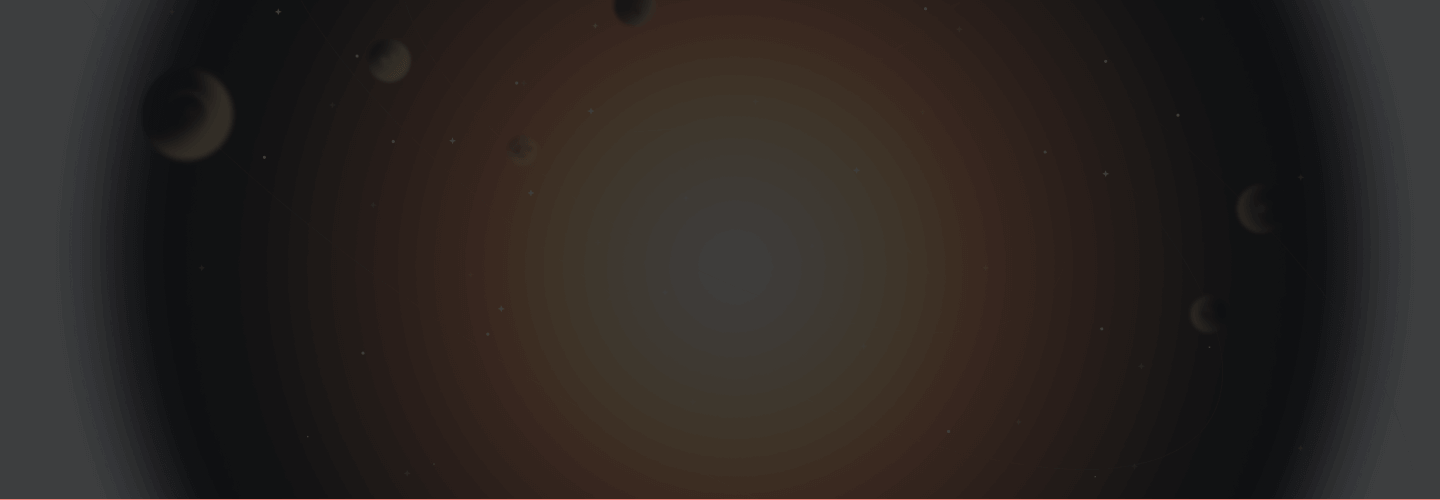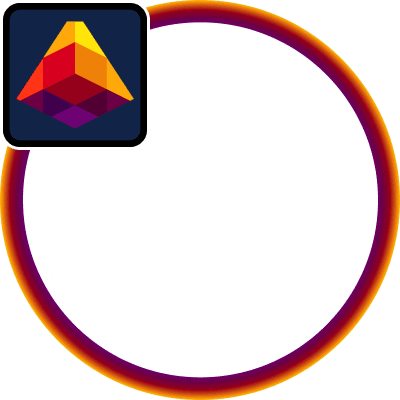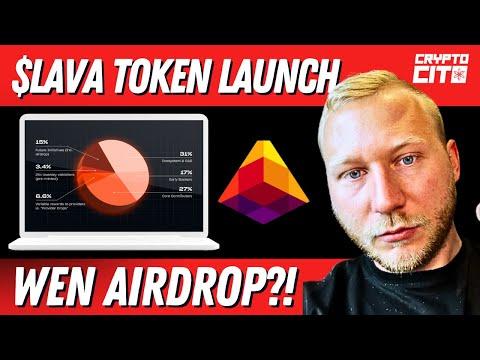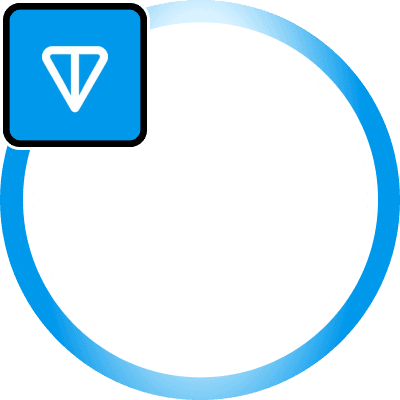Overview
Lava powers the open standard for blockchain access by connecting apps to a decentralized network of API providers.
Key Features
- Decentralized redundancy for high uptime – By being connected to multiple leading RPC providers, apps benefit from 99.99% uptime. The protocol also rewards providers according to their latency, freshness, and availability.
- Any Chain, Any API – Change your configuration to access any chain and any API served by the network.
- One Subscription, Omnichain Access – Unlock access to all blockchains and providers with only one simple subscription., instead of using multiple RPC services across different chains.
- Open-Source – Lava is open-source and transparent, shortening the procurement process for apps looking to integrate. Anyone can also contribute to the protocol and the appchain, so developers can verify that the network is secure and reliable.
- Easy to Use SDK – While Lava has a Gateway for apps in testing stage, the Lava SDK eliminates trust assumptions by offering a fully decentralized and peer-to-peer interface with the network, straight from the browser (we support gRPC-web).
- Private relays – Relay requests are routed per epoch to a constantly shuffled list of providers, so any user RPC queries going through the network cannot be profiled.
- High Scalability – Lava incentivizes network redundancy and runs on a highly scalable appchain, so your app can handle high periods of traffic.
- Consensus-Based Data Integrity – Data accuracy, consistency and freshness are preserved by a consensus mechanism which detects and resolves conflicts. Poor service or attempts to manipulate data are caught and disincentivized, with providers staking and signing responses so that they can be held accountable.
How to use Lava
Lava Network provides multiple entryways to its peer-to-peer RPC network:
- Lava SDK: a TypeScript implementation of the Lava Protocol, which enables direct communication between developers and providers via peer-to-peer connections.
With Lava SDK, developers can easily integrate decentralized access into their projects by importing the library.
Behind the scenes, Lava SDK handles all the necessary operations to implement the Lava Protocol and establishes a peer-to-peer connection with providers on the network. This allows developers to focus on building their applications, while Lava SDK takes care of the underlying communications and connection management. - Lava Server Kit is a GO language reference implementation that provides self-hosted gateway access to blockchain APIs, designed as a solution for running as a backend server.
It is capable of accepting raw RPC queries, wrapping them up with the protocol layer, and sending them directly to providers on Lava’s network in a decentralized manner. The Server Kit is more concurrent and performant than our SDK and is used in enterprise-grade applications which require higher throughput and efficiency in scaling. - Lava Gateway: A simplified web interface that offers instant & familiar access to blockchain data. It uses the Lava Server Kit to provide a hosted point of access for developers to access RPC through Lava. The Gateway allows users to manage and configure Web3 APIs through an intuitive control panel directly a web application.
Validators and Staking
Lava Network uses Proof-of-Stake (PoS) as its consensus mechanism, based on Tendermint Core. Validators participate in the network by verifying new blocks to earn rewards. LAVA holders are incentivized to stake their tokens to secure Lava while receiving rewards in return. Validators earn LAVA from the creation of new blocks.
Providers on Lava – proposed structure, subject to legal review and approval
Providers are the backbone of Lava. They service Consumers’ relay requests by staking on the network and operating RPC nodes on Relay Chains. In return, they earn rewards in the form of LAVA tokens. Providers need to stake separately for each supported spec (e.g., Cosmos, Ethereum) and can begin servicing consumer requests through their nodes once their request is verified and included in the chain state.
Consumer
Provider communications are happening peer-to-peer, off-chain, with no middleman. Lava’s blockchain acts as a settlement layer, verifying the service on-chain using cryptographic signatures.
Governance
Lava Network employs a DAO that allows token holders to participate in decision-making processes. This includes adding new chain specifications (specs), adjusting network parameters, and making critical updates. By giving the community the power to lead alongside the core team, Lava ensures that the ecosystem evolves in a decentralized and future proof manner.
Roadmap and Future Developments
Lava Network’s development roadmap includes several milestones aimed at expanding its functionality, adding support for new blockchains and rich API specs, and simplifying the setup process for developers, providers and validators.
Use Cases and Integration
Lava is aiming to solve web3’s RPC problem where developers today are increasingly dependent on a small handful of RPC providers. As Moxie wrote, “People don’t want to run their own servers” and today, most projects, developers and users have abandoned running their own node infrastructure for the convenience of a centralized provider. Over time, these providers are able to control the flow of development to the chains they support and away from those they don’t, increase vendor lock-in and represent a single point of failure in many web3 app backends.
Reducing this dependency, by connecting apps to a decentralized and permissionless network of providers means cheaper pricing for developers, greater reliability and enhanced privacy.
Lava already supports various projects in the Cosmos ecosystem, including Cosmos Hub, Juno Network, Osmosis, Evmos, Canto and many more to come soon! ⚛️
Conclusion
Lava Network is a decentralized protocol that offers secure, scalable, and censorship-resistant access to blockchain data. By connecting providers and consumers in a peer-to-peer manner with redundancy, Lava aims to maintain the core ideological and practical tenets of web3, while improving uptime and performance. With its diverse product offering, decentralized ethos and chain-agnostic protocol, Lava is well-positioned to support the growth of the Interchain and beyond.










